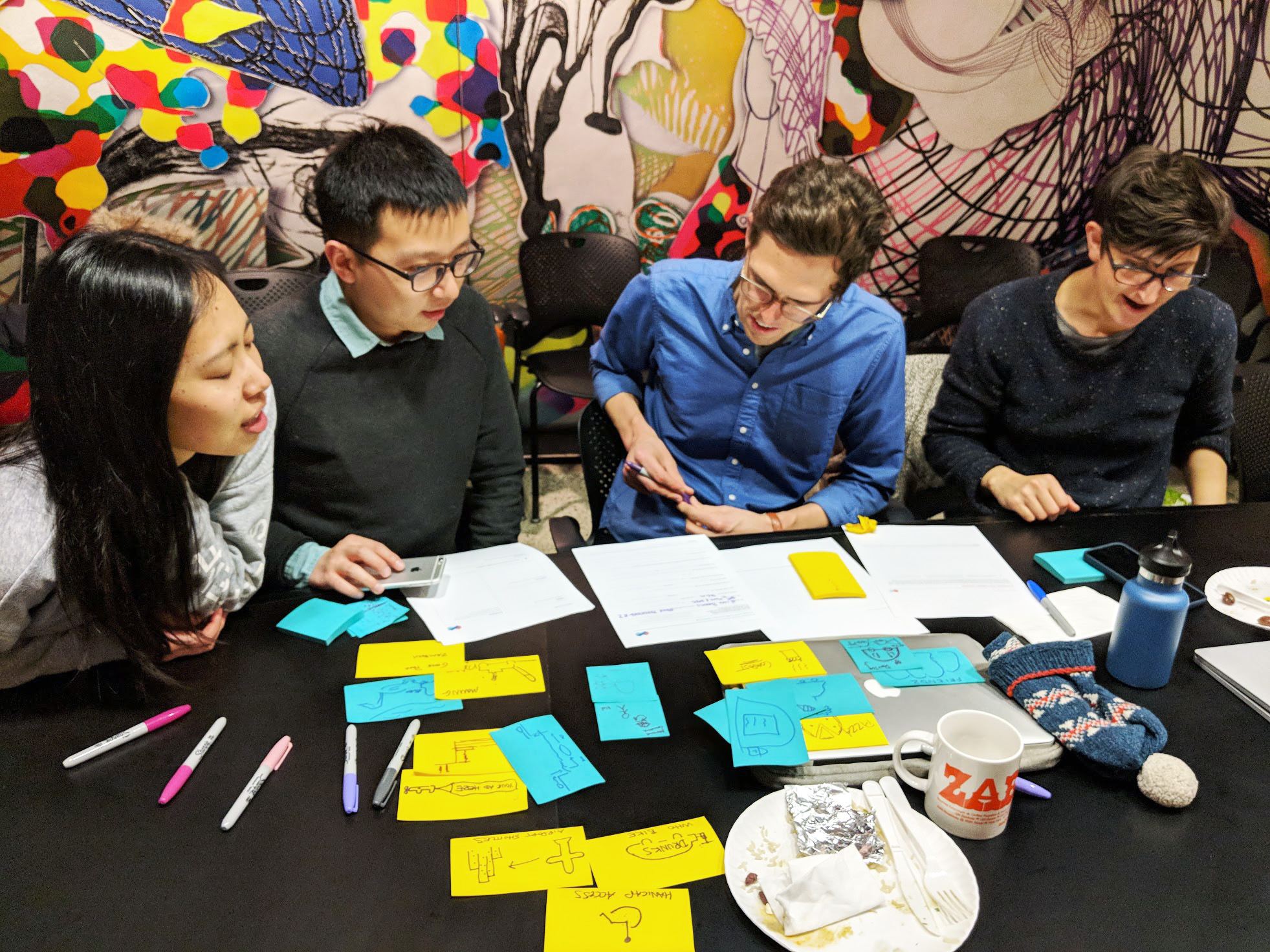Grad Life: Innovation in Design-Education
-
-
slice.mit.edu
Filed Under
Recommended

This post was co-authored by Matthew Claudel SM '16 and Anthony Vanky SM '11, PhD '17.
Our rapidly globalizing and urbanizing planet needs radically creative and optimistic ideas. At designX, a new academic program at School of Architecture and Planning (SA+P), we believe that new approaches to great societal challenges are a new kind of innovation; design innovation. And we believe that MIT is poised to push the boundaries of design innovation—but it will need innovation in design education. At designX, we are creating a new pedagogy that is native to the 21st century—and increasingly native to today’s graduate students—using the tools of innovation, entrepreneurship and design, but keeping the quirky genes of MIT’s DNA.
New modes of education at MIT
MIT has a history of innovating in architecture education.
Schools of the nineteenth century—most iconically, the Ecole des Beaux Arts in Paris—used an atelier model, where apprentices worked under the supervision of a master architect. In 1865, architect and MIT professor William Robert Ware delivered his plan for a new school of architecture, effectively a road map to an incredible innovation: the architecture studio.
MIT’s program emulated the design prompts of the Ecole, but replaced the apprenticeship model with some thoroughly MIT ideas. Among its principles of instruction, our founding charter lists “Drawing and the construction of special plans and projects of machines and works of engineering and architecture” and “Practical exercises.”
These guided Ware’s new model for architecture education at MIT, and the modern collegiate architecture studio was born. Since then, it has become the standard for architectural design education all over the world. But “modern” became “modernist” and stale. There have been few, if any, innovations in architecture education since Ware’s first studios in Back Bay.
A contemporary challenge
Just as the industrial era created a new demand for architects, and sparked Ware’s innovation in education, so too is the innovation economy creating a demand for designers, opening the possibility of a new educational model. We are empowered with unprecedented tools for design innovation: entrepreneurship methods, new networked technologies, and digital fabrication for rapid prototyping, to name just a few—these stand to transform design practice.
In this context, we have an opportunity to create a new educational model. DesignX brings together thoroughly cutting-edge resources with a sensitivity to designing for the human condition—that is, merging the power of contemporary innovation with the power of design education.
DesignX
DesignX, as both an academic and entrepreneurship program, is committed to advancing design-innovation by enabling students, faculty, and affiliates of MIT to radically impact the human environment. How do we achieve that? There are three main elements.
- Empower: At its core, designX is an accelerator program. Students take a one-semester class on the skills, tools, and techniques of launching a new venture. Traditional studios allow students to build a design portfolio; at designX they build a design practice or product. Through designX, thesis can merge with venture. We currently have 30 entrepreneurs from 10 ventures in our spring 2018 cohort. These students represent the breadth of SA+P and MIT as a whole, with engineers, MBAs, scientists, and artists working together.
- Discover: Design-innovation is radically new—it does not follow the traditional pathways of high-tech or software entrepreneurship. DesignX is engaging in a comprehensive research program to explore this new territory, and the results are fed back into how we design and run the accelerator program. Our core research team is looking at the entrepreneurship ecosystem, civic engagement and experimentation, and emerging trends in public realm design.
- Connect: We are also building a culture of entrepreneurship in the school through lectures, workshops, and guests—connecting MIT to the innovators who are pushing the boundaries of design. Even more importantly, designX blurs the traditional lines around education. Instead of “dropping off of the cliff,” recent graduates are folded back in to the program as a valuable resource, providing real-world challenges or mentoring students.
We believe that designX is changing the value proposition of an architecture education. Students graduate not only with a degree—which traditionally allows young architects to seek employment—but they graduate owning their employment. At MIT, we can once again re-write the rules of design pedagogy.
Grad Life blog posts offer insights from current MIT graduate students on Slice of MIT.







